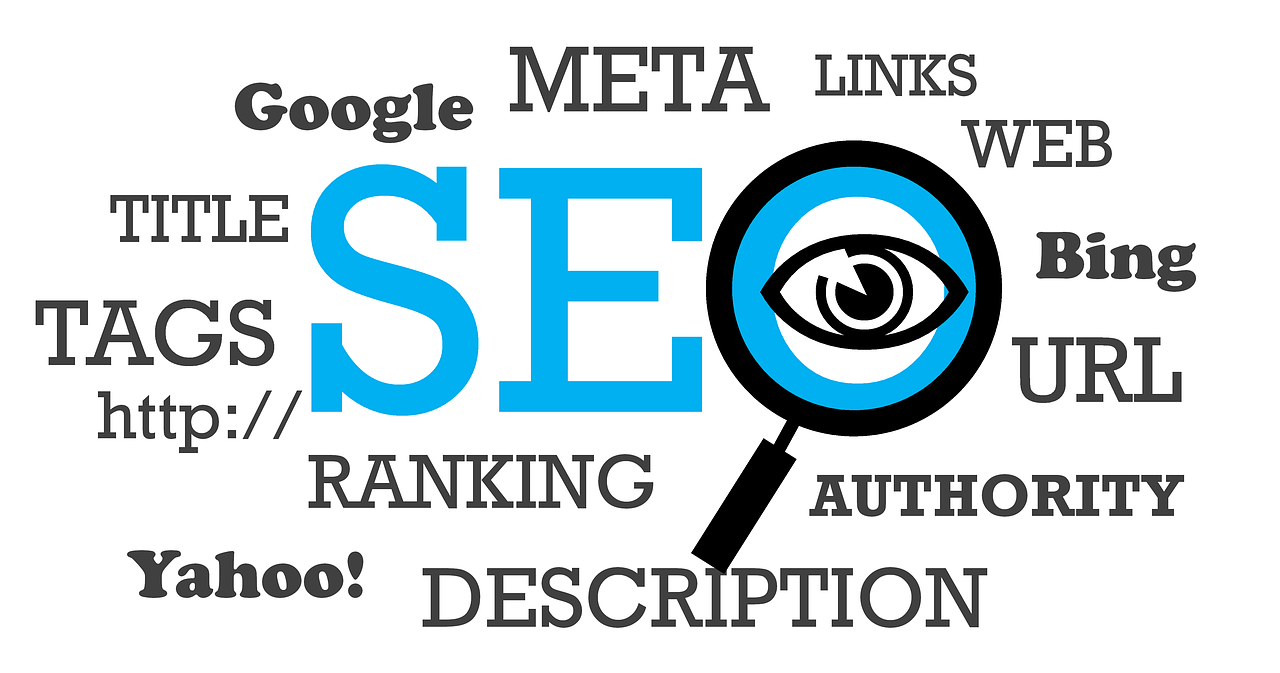SEO Fundamentals for Online Retail
Understanding the basics of Search Engine Optimization (SEO) is crucial for online retailers aiming to enhance their visibility, drive organic traffic, and ultimately increase sales through their e-commerce platforms.
SEO involves optimizing various aspects of your website and content to rank higher in search engine results pages (SERPs).
This section provides an overview of how search engines work, the role of algorithms in determining rankings, and the distinctions between on-page, off-page, and technical SEO.
How Search Engines Work
Search engines, like Google and Bing, use complex algorithms to crawl, index, and rank web pages.
The process begins with crawling, where search engine bots scan the internet for content, followed by indexing, where this content is analyzed and stored in a vast database.
When a user performs a search, the search engine retrieves the most relevant results from this index based on various ranking factors.
Role of Algorithms in Determining Rankings
Algorithms evaluate numerous factors to determine the relevance and authority of web pages in relation to a user’s search query.
These factors include keyword relevance, site structure, user experience (UX), page speed, backlinks, and more.
Over time, algorithms have evolved to prioritize high-quality, relevant content and a positive user experience.
Types of SEO
-
On-Page SEO:
- Focuses on optimizing individual web pages to rank higher and earn more relevant traffic.
- Involves optimizing content, title tags, meta descriptions, header tags, and images.
- Emphasizes keyword optimization, ensuring that target keywords are effectively incorporated into content, URLs, and HTML tags.
-
Off-Page SEO:
- Refers to actions taken outside of your own website to impact your rankings within SERPs.
- Primarily involves link building, where other reputable websites link back to your site, increasing your site’s authority and credibility.
- Also includes social media marketing and influencer outreach, which can indirectly influence your site’s rankings by driving traffic and enhancing brand visibility.
-
Technical SEO:
- Focuses on improving the technical aspects of a website to enhance the crawling and indexing phase.
- Includes optimizing website speed, mobile responsiveness, site architecture, and ensuring secure connections through HTTPS.
- Involves the use of structured data (schema markup) to help search engines understand the content of your pages and provide rich snippets in search results.
For online retailers, mastering the fundamentals of SEO is essential for achieving and maintaining high visibility in search engine results.
By understanding how search engines work and effectively implementing on-page, off-page, and technical SEO strategies, e-commerce businesses can attract more targeted traffic, improve user engagement, and increase conversions.
The dynamic nature of search engines and their algorithms means that SEO requires ongoing effort and adaptation to current best practices.
Keyword Research for Online Retail
Keyword research is a foundational SEO task that involves identifying the terms and phrases potential customers use in search engines when looking for products or information online.
For e-commerce businesses, understanding and implementing effective keyword research strategies is essential for driving targeted traffic to their websites.
Importance of Keyword Research
- Understanding Customer Search Behavior: Keyword research provides insights into customer interests, needs, and language, allowing retailers to align their content and offerings with customer search queries.
- Content Relevance: Identifying the right keywords helps in creating content that matches users’ search intent, increasing the chances of your website appearing in relevant searches.
- Competitive Edge: By targeting specific, high-value keywords, online retailers can position their products and content to stand out in a crowded marketplace, potentially capturing traffic from competitors.
- Optimization Across Customer Journey: Different keywords represent different stages of the customer journey, from awareness to consideration to purchase. Understanding these variations enables retailers to tailor content that guides customers through the buying process.
Tools and Techniques for Keyword Research
-
Keyword Research Tools:
- Google Keyword Planner: Offers keyword ideas and traffic estimates to help you build search network campaigns. It’s free but requires a Google Ads account.
- SEMrush: Provides comprehensive keyword data, including volume, competition, and related keywords, as well as insights into competitors’ keyword strategies.
- Ahrefs: Similar to SEMrush, Ahrefs offers keyword research features, including keyword difficulty scores and search volume, and allows you to see the keywords your competitors rank for.
- Ubersuggest: A free tool that generates keyword ideas, trends, search volume, and competition levels.
-
Analyzing Search Intent:
- Understanding the intent behind search queries (informational, navigational, transactional) is crucial for targeting keywords effectively. Tools like AnswerThePublic can help identify questions and prepositions related to your core keywords, offering insights into user intent.
-
Long-Tail Keywords:
- These are longer, more specific keyword phrases that visitors are likely to use when they’re closer to making a purchase. They usually have lower search volumes but higher conversion rates. Use tools and techniques to uncover these niche queries that can drive targeted traffic.
-
Competitor Analysis:
- Investigate the keywords your competitors are targeting and ranking for. Tools like SEMrush and Ahrefs can provide these insights, helping you identify gaps in your own keyword strategy or opportunities to capitalize on less competitive keywords.
-
Seasonal Trends and Google Trends:
- For e-commerce, seasonal trends can significantly impact search behavior. Tools like Google Trends allow retailers to analyze the popularity of search queries over time, helping to tailor keyword strategies around seasonal peaks in interest.
Application of Keyword Research
Once high-value keywords are identified, they should be strategically incorporated into product titles, descriptions, meta tags, content, and URLs.
This not only helps in improving SEO rankings but also enhances the user experience by making it easier for customers to find exactly what they’re looking for.
Effective keyword research is critical for online retail success, offering a direct line of sight into customer search behavior and preferences.
By leveraging the right tools and techniques to identify and implement high-value keywords, online retailers can significantly improve their visibility, attract more targeted traffic, and ultimately drive sales.
On-Page SEO for Online Retail
On-page SEO involves optimizing web pages to improve a website’s search engine rankings and earn organic traffic.
This includes both the content and HTML source code of a page (e.g., title tags, meta descriptions, header tags) and is crucial for online retail websites to attract and convert potential customers.
Optimizing Title Tags, Meta Descriptions, Header Tags, and Product Descriptions
-
Title Tags:
- Keep your title tags under 60 characters to ensure they display fully in search results.
- Include target keywords towards the beginning of the title tag to improve relevance.
- Make sure each page has a unique title that accurately describes the page content.
-
Meta Descriptions:
- Although not a direct ranking factor, meta descriptions influence click-through rates. Keep them under 160 characters and include target keywords.
- Provide a clear and compelling description of the page content to encourage clicks.
-
Header Tags (H1, H2, H3, etc.):
- Use header tags to structure content, making it easier for users to read and for search engines to understand the page structure.
- Include relevant keywords in headers, especially the H1 tag, which should encapsulate the main topic of the page.
-
Product Descriptions:
- Write unique and detailed product descriptions that incorporate target keywords naturally.
- Focus on benefits and features that address customer needs and queries, helping to improve the page’s relevance for specific search terms.
High-Quality, Engaging Product Imagery and SEO
- Image Optimization: High-quality images are essential for showcasing products, but they must be optimized for fast loading. Use file compression tools to reduce image size without sacrificing quality, and choose the correct file format (e.g., JPEG for photos, PNG for graphics with transparent backgrounds).
- Alt Text: Every image should include descriptive alt text that incorporates target keywords where relevant. Alt text improves accessibility for users with screen readers and helps search engines understand the image content, contributing to SEO.
- File Names: Descriptive file names, incorporating keywords when appropriate, can also help search engines determine relevancy. Instead of generic file names, use descriptive terms (e.g., “organic-cotton-t-shirt.jpg”).
- Engagement and User Experience: High-quality images can significantly enhance user engagement, keeping visitors on your site longer and reducing bounce rates, which are positive signals to search engines. Additionally, offering multiple views and zoom capabilities can improve user experience and confidence in purchasing decisions.
On-page SEO is a cornerstone of effective e-commerce strategy, directly impacting a website’s visibility and user experience.
By meticulously optimizing title tags, meta descriptions, header tags, and product descriptions, and by ensuring high-quality, engaging product imagery, online retailers can significantly improve their search engine rankings.
This not only drives more organic traffic but also enhances the shopping experience for customers, leading to higher conversion rates and customer satisfaction.














